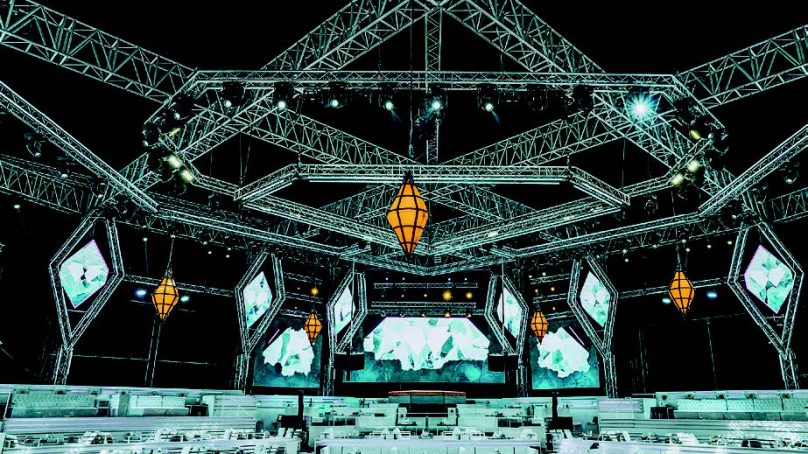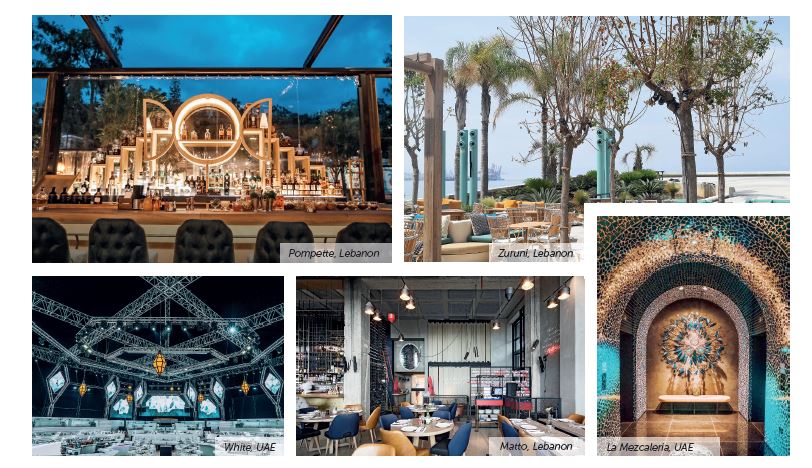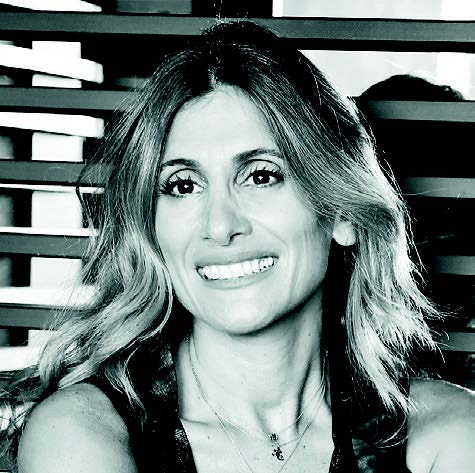

Latest trends in restaurant design
Restaurant design trends, much like fashion trends, appeal and adapt throughout the years to entice guests and offer them the best experience. Both the country and culture influence design. However, certain common elements make their way into restaurant design around the world. For instance, elements that possess a more natural feel — bringing the outdoors inside by integrating more wood and greenery — create an eco-friendly environment based on a zero-waste design. The mix of furniture and the use of discreet and direct lighting create a relaxed and home-like ambience. Using artisanal goods and hand-made items help support local craftspeople and small businesses in the community as well as giving the design greater individuality.
Adapting to the Middle Eastern clientele
How this is done is determined by the type of restaurant and the general mood it portrays, although some adaptations develop naturally depending on the type of cuisine. As a Lebanese designer, I might return to my roots and add a touch of the Orient where I see fit. Trends inspired by culture are long lasting and help clients relate to the designer. They feel a certain coziness and warmth — key elements of successful design.
Covid-19 effect on restaurant design
Covid-19 is the enemy of design. When I make my way through a concept, I am aware of the basic needs and restrictions in restaurant operations. In all my designs, I aspire to a certain goal: the warmth of no barriers. This has proven to be a tremendous challenge amid Covid-19 restrictions, which ban communal seating. Fluid distribution should be vigorously and smartly executed in order to hide the cold distancing and waste of space.
Regional particularities
There is not one particularity of design; there is a particular designer and a particular Middle Eastern client. As I mentioned earlier, certain moods might apply when it comes to an oriental feel if the design requires. The best outcome in design is when you use your culture and allow it to be assimilated smoothly into an international setting. As a Lebanese designer, I don’t have to dig deep to find a pattern, color or image to base my design on.

Interior architect and concept developer














